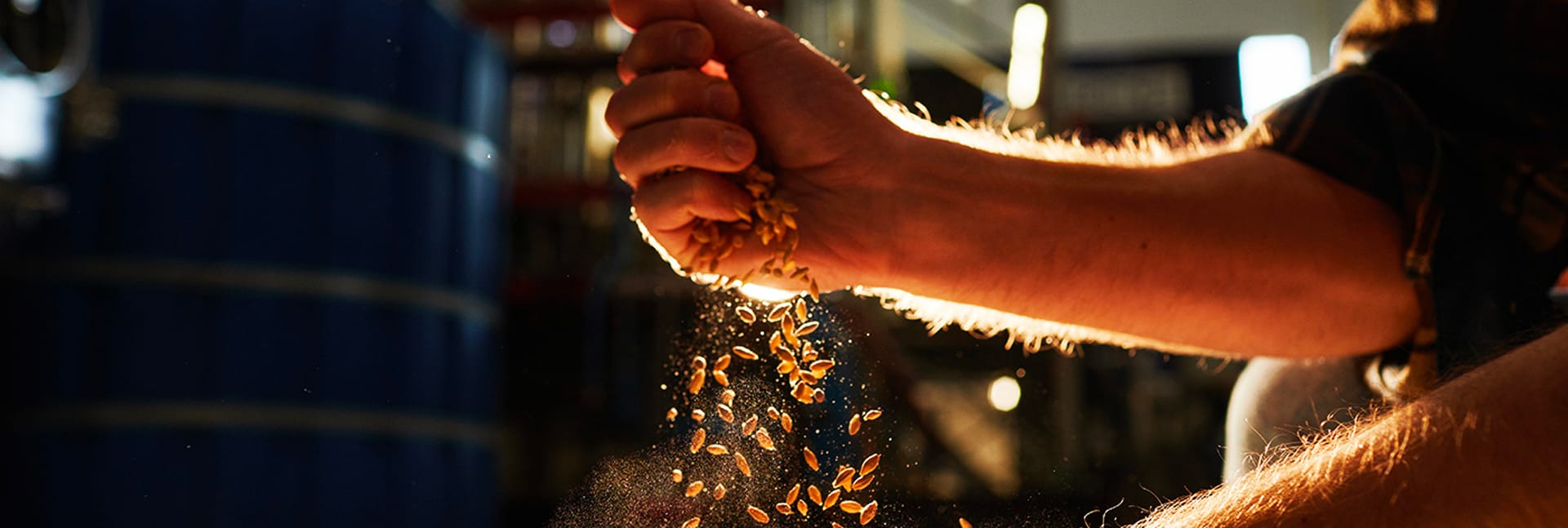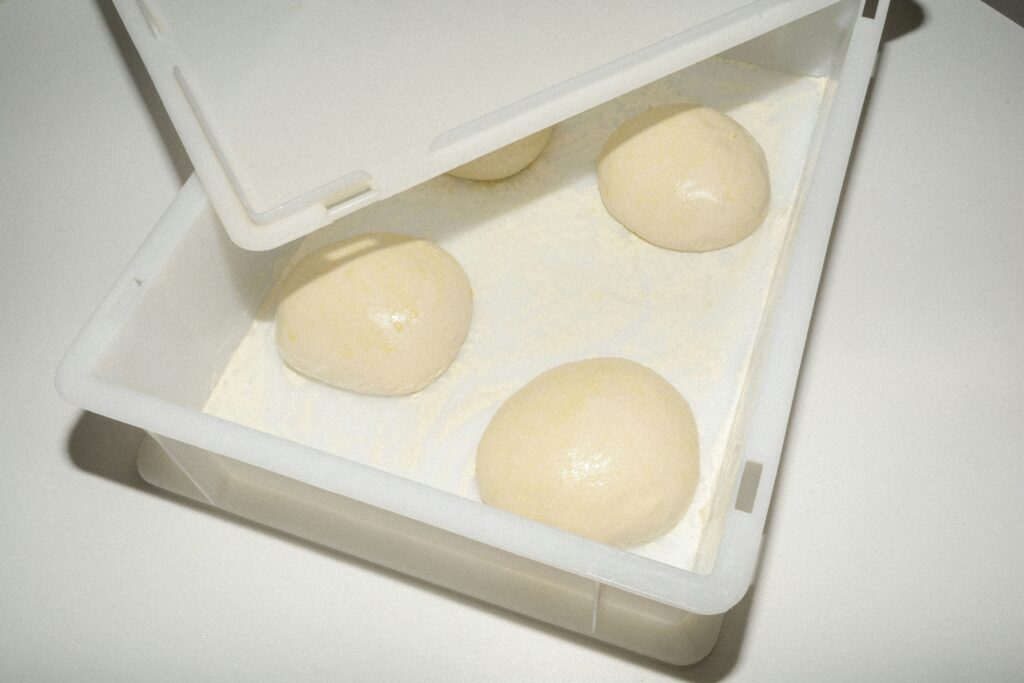
What are ancient grains? Why do they play an increasingly important role in modern cuisine and most of all in modern pizzerias?
The word Ancient refers to an “asset to be protected”. It evokes sensations and memories that immediately bring us back to the Madeleine celebrated by Marcel Proust in his book “Swann’s way”. Just dip this precious sweet, symbol of France, in a cup of tea… and it is childhood all over again.
Is this also true for wheat? Are Ancient grains just a sensation, a memory or an advertising claim? Well, obviously not, but in order to find our way in this complex world, let’s go beyond the emphasis of the name and propose 7 simple tips to explain the meaning of this phrase.
Using ancient grains helps small producers
After the great industrialization of the second half of the 20th century, some small-scale producers rediscovered ancient grains. Then, they decided to put these products on the market, even though they were aware of how difficult it was not only to produce them, but also to make them known through adequate communication. For this reason, Slow Food is on their side and stresses this fundamental point: even if it’s more expensive, buying ancient grains helps producers continue their work. That' s why, after the first three editions of Sementia, the annual event that Slow Food has been organizing since 2018 in Sannio, the Slow Grains network was created, which is about to slowly take its first steps, involving those producers on the national territory who are committed to recovering and cultivating ancient grains.
Cultivating ancient grains protects biodiversity

As it is well known, Slow Food's commitment to support small producers is mainly aimed at protecting biodiversity. In fact, the industrialization of the cereal sector led to the gradual disappearance of the so-called "ancient grains" in favor of modern grains and monovarietal crops, since the former require higher production costs and give a lower yield. The benefits of biodiversity, however, are well known. Broad genetic variability adapts more easily to environmental changes, and if diseases affect one variety, the others have a better chance of being saved.
(not) all of them contain less gluten
According to a common belief, ancient grains have less proteins and therefore – by extension and by subsequent simplifications – less gluten. If this is true for emmer wheat, rich in fibers, it is not also true for spelt, which has a high quantity of fibers but also a high gluten index. Another example is Senatore Cappelli wheat – considered by most as the ancestor of modern durum wheat – which has a high percentage of proteins but a lower presence of gluten. It is therefore impossible to lump everything together.
Even among ancient grains there are hybridized ones
To promote ancient grains, you often hear people say that "they are more authentic" than modern ones because they have not been victims of genetic selection. Nothing could be more wrong! The great peasant wisdom has always selected the best varieties from the environmental and yield point of view and therefore ancient grains, as well as modern ones, have often been selected by means of crossings and hybridizations. Just think that the already mentioned Senatore Cappelli wheat originated from the Tunisian variety Jeanh Rhetifah.
you can recognize ancient grains because they are tall

Common grains we find today in the field are much lower than one meter, whereas grains preceding the cereal revolution of the '70s are usually over one meter and thirty. Also because of this, ancient grains have a lower yield per hectare than modern grains, but the treatments required for the latter are economically much less profitable than those reserved to the former.
ancient, yes…but how much?
In the last decade, many studies have been carried out to retrieve information about the presence of ancient grains on the whole Italian national territory. Some informal sources are ready to swear on the existence of about 800 certified "ancient" names, which would approximately correspond to 400 varieties.
In order to be called "ancient grain", these grains must have a name recognized by the community that cultivates them, a proof of their presence on the same territory for at least 50 years and a continuity of cultivation of at least 25 years.
All grains lead to pizza
It is necessary to underline that re-discovering ancient grains went hand in hand with mills and pizza-makers researches carried out in order to innovate and personalize pizza. This is why many of the grains that have come back into vogue are strictly connected to what we could define "pizzability", that is the capacity to transform flours obtained from these grains into an excellent pizza reflecting the identity of the master pizza maker. Many mills have recently become interested in the subject, but first of all we must remember the commitment of Agugiaro & Figna, which has "put in the bag" the ancient grains thanks to a research, started in 2008, well before they became one of the contemporary gastronomic trends.



